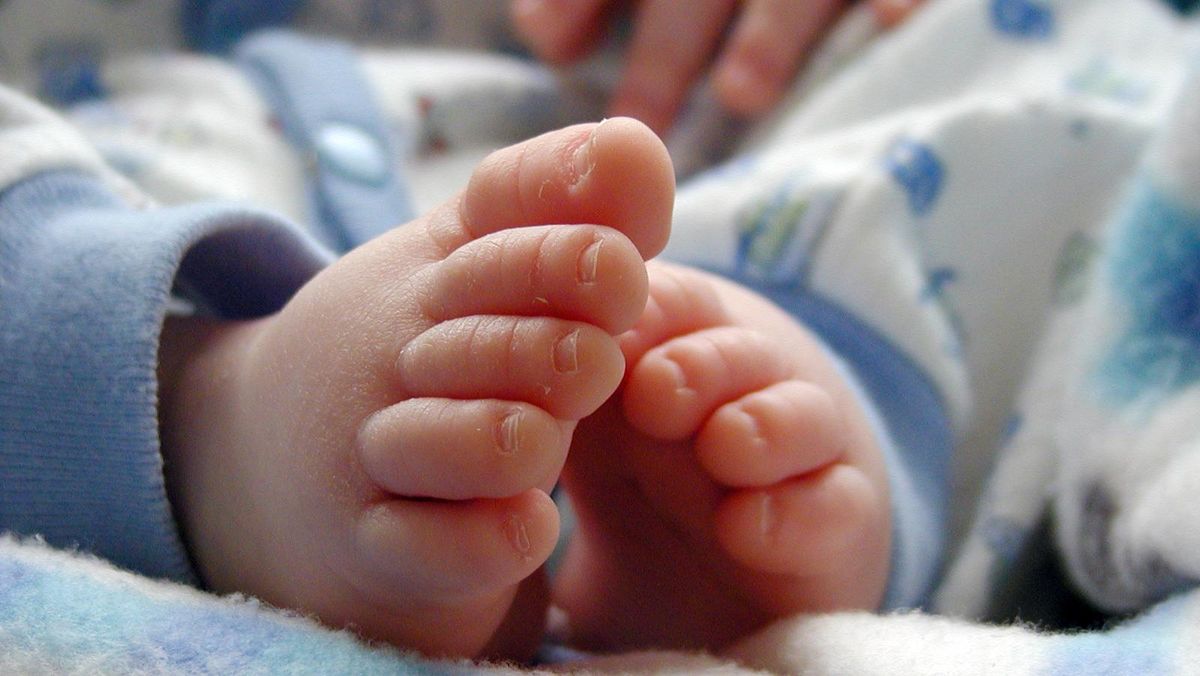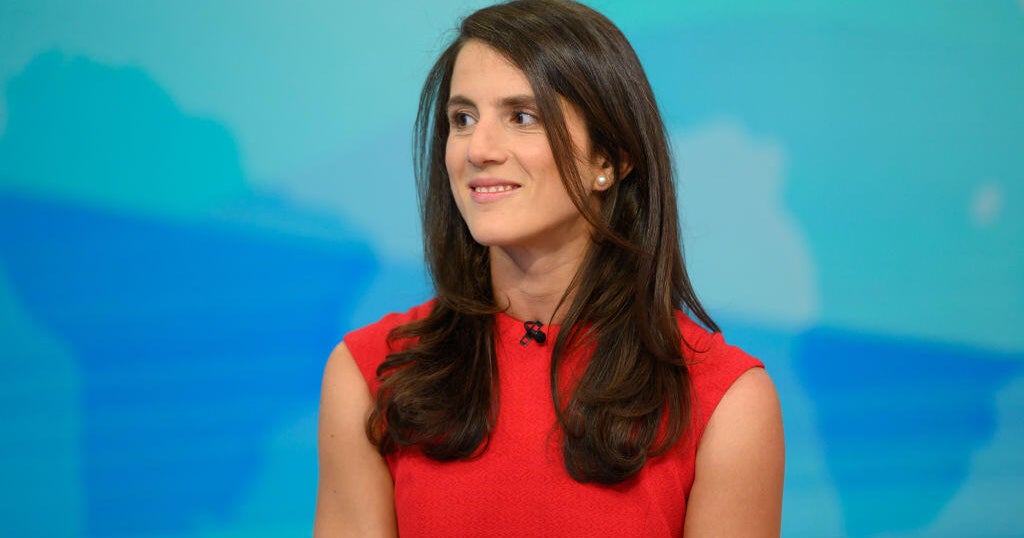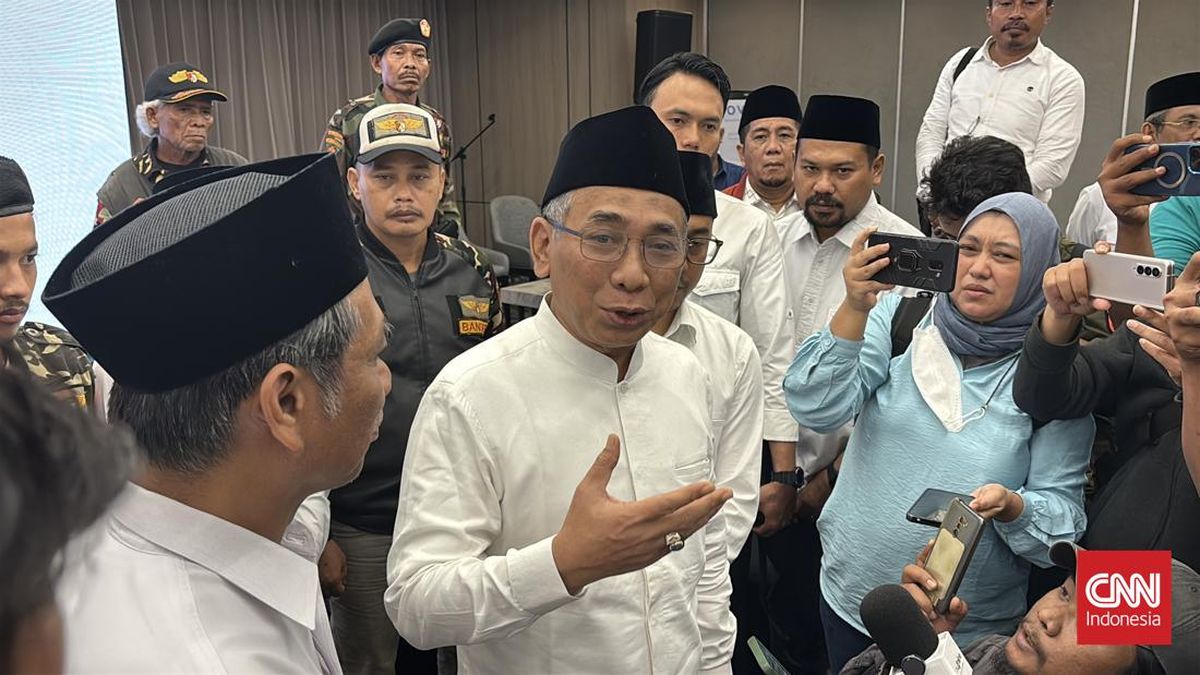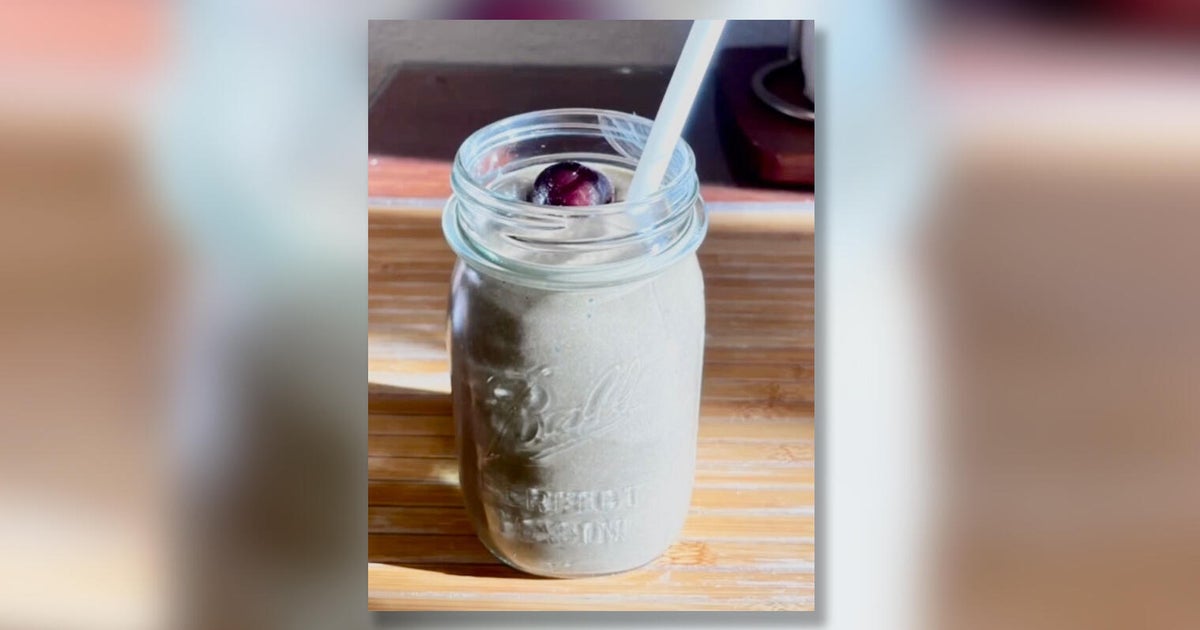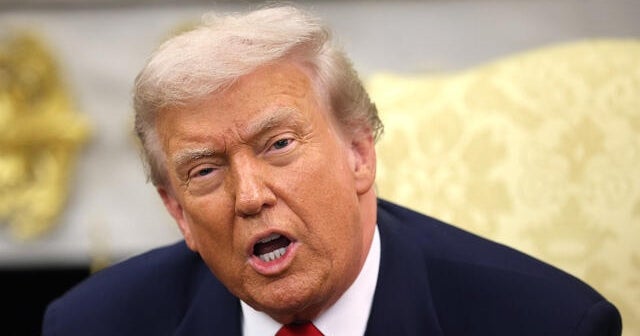Opinion
November 22, 2025 — 5.00am
November 22, 2025 — 5.00am
When I started a business in my early 20s, it felt like now or never. My business partner and I could still live at home. We didn’t have partners, kids or mortgages. If it all went under in a few years, we’d have a soft place to land and enough time to retrain and re-enter the workforce.
Even in high school, I’d given up hope of owning a home by any conventional means. Prices were rising much faster than wages, and it didn’t look like that would ever change. My thinking was that if buying a home was going to be possible, it would have to be through owning a business that could scale in a way that I couldn’t as an individual worker.
And I was lucky to even have that option – a business partner willing to take the same gamble, and the safety net to try. For most people facing the same housing reality, there is no “now or never” moment. There’s just never.

Jack Toohey: After I started my business, to cover my own rent in Sydney, I worked weekends as a DJ.Credit: Flavio Brancaleone
So we tried. But as the business grew to 15 staff, housing costs were a constant backdrop in every conversation. In pay discussions, staff would bluntly tell me that rent was their biggest stressor. I understood, because I felt it, too. To cover my own rent in Sydney, I worked weekends as a DJ.
It’s not that the business wasn’t successful. It’s that the housing market grew faster than we could. Our margins shrank as rents rose. Our capacity to innovate or take risks deflated while property values ballooned. We were creating something new every day – but the gains were flowing to the people who already owned something old: property.

Jack Toohey and his colleagues.
Australia finds itself in a paradox. Passive property ownership appears more financially rewarding than productive work on paper.
We’ve tied up vast sums in housing speculation when we could be using that money to create something new — new businesses, new technology, new solutions to old problems. But if we keep telling ourselves we can get richer by doing nothing, why would we bother doing something?
This distorted reward system directs our motivation away from productivity and towards property speculation. Banks, with their property fixation, have set up a series of hurdles for young would-be entrepreneurs. Want a business loan? Sure, just put up your house as collateral. Oh, you don’t own a house? Well, tough luck, mate.
You might need a loan to get property, but you also need property to get a loan. By the time you’ve jumped through all the hoops, you’re likely to be well into your 30s or 40s. Your prime years of energy and innovation were spent paying off a mortgage rather than building a business. We’ve created a system in which the safe bet is always property, and innovation is seen as a risky luxury. It’s a system that rewards speculation over creation, passive ownership over active entrepreneurship.
We have $11 trillion tied up in residential real estate, yet our entire annual GDP – everything we produce and do – is only $2.6 trillion. Most of that property value never shows up in GDP because it’s paper wealth, just sitting there, not actual economic activity. The opportunity cost of our fixation on property is difficult to fully grasp. Anyway, let’s try.
Loading
Imagine if, instead of funnelling billions into housing speculation (mostly debt for houses that already exist), we redirected that capital towards transformative investments. We could be building world-class public transport systems that slash commuting times and reduce emissions. We could be pioneering renewable energy technologies, positioning Australia as a global leader in the fight against climate change.
We could be funding even more groundbreaking medical research, unlocking cures for the diseases that plague humanity. We could be nurturing new industries that create high-skilled, high-paying jobs, future-proofing our economy against global turmoil.
These investments would do more than create real economic growth – they’d increase productivity, generate sustainable employment and, yes, boost incomes. And guess what? The houses would still be there, still holding their fundamental value as shelter, as safety, as homes. We would channel our energy – and our money – into the world around us, which in turn would become more efficient, more innovative, more liveable.
There’s more: we’d all have extra disposable income to spend on things that truly enrich our lives, from family barbecues to cultural experiences — activities that stimulate the economy as well as our hearts and minds.
In the 2023-24 financial year, the Australian government invested $12.6 billion in research and development in all sectors. In the same period, the ABS found, Australians borrowed $324 billion for housing – 80 per cent of which went to buying homes that already existed, not building new ones. That’s nearly 26 times our total federal R&D spend. Put another way: we take out as much in mortgages every two weeks as we (collectively, as taxpayers) spend all year on the scientific research, technological development and innovation that could shape our nation’s future.
“Sure, but what about private sector investment?” you might ask. Well, I went looking for that too. The most recent data available puts private business investment in R&D at $20.6 billion in 2021-22. Still more than $300 billion short of what we borrowed for housing in 2023-24.
Imagine if we realigned our national priorities and clawed even just a little bit of that money from housing and invested it in R&D. If Australia were to increase our total R&D spending from its current (below-average) 1.68 per cent of GDP to match Germany’s 3.1 per cent, the public and private sectors combined would need to invest an additional $31 billion a year. That’s less than 10 per cent of what we currently pour into housing loans every year.
More than big tech or scientific breakthroughs, we could be creating a national culture where everyday Australians felt empowered to take risks, start businesses and pursue their passions without fear of destitution. By reorienting our economy towards real productivity, innovation and entrepreneurship, we could create genuine wealth and opportunity for all Australians, not only those lucky enough to own property.
We could foster a culture where opening anything – whether it’s a corner cafe or a clean-energy venture – didn’t carry the risk of homelessness.
Again, the houses would still be there. But alongside them, we could have a more dynamic and equitable economy – one where hard work, creativity and risk-taking are rewarded more than simply owning an artificially appreciating asset.
Owning a home – the Australian Dream – doesn’t need to be chucked in the bin, but our economy should work for everyone, not only property owners. It should be creating real value, not inflating the perceived value of existing assets. True wealth comes from what we create, contribute and share within our communities, not what we own.
Jack Toohey is a creative director. This is an edited excerpt from his book Better Things Are Possible: How rebellious hope will change the world.
Most Viewed in National
Loading





